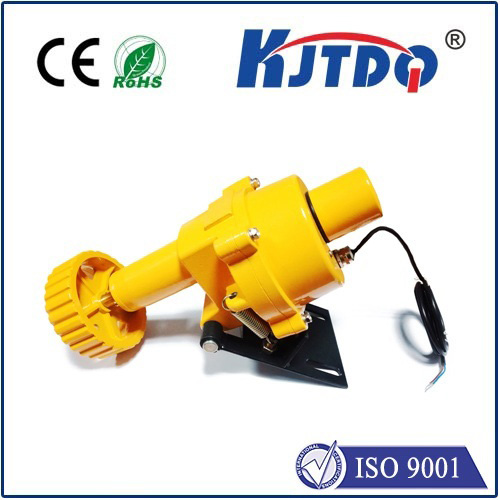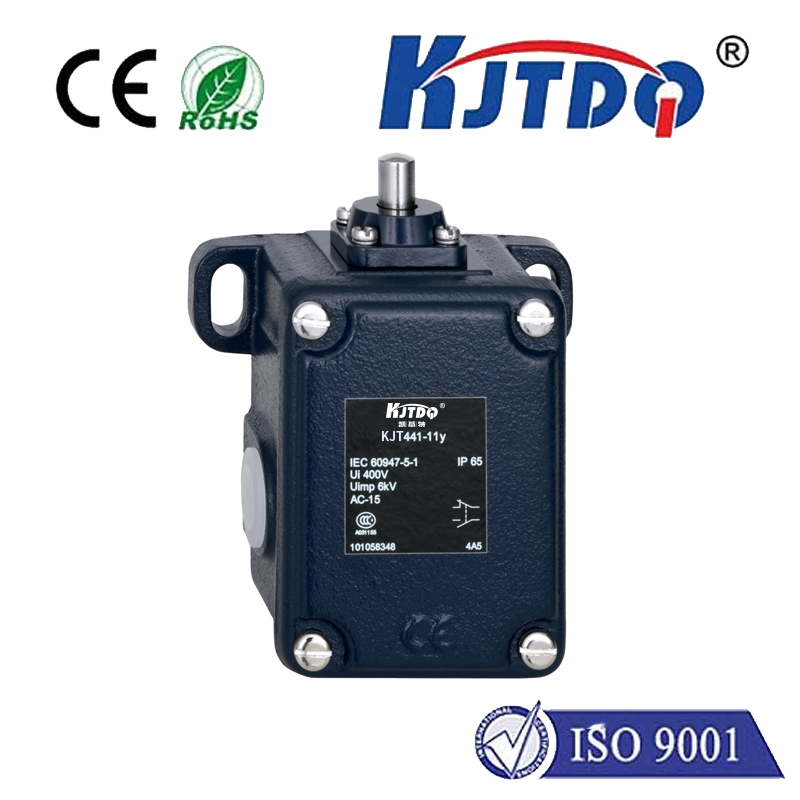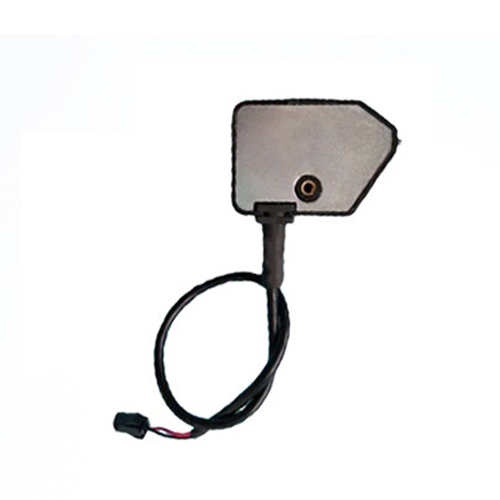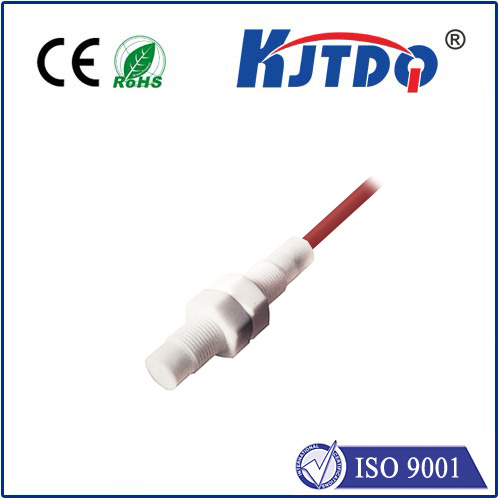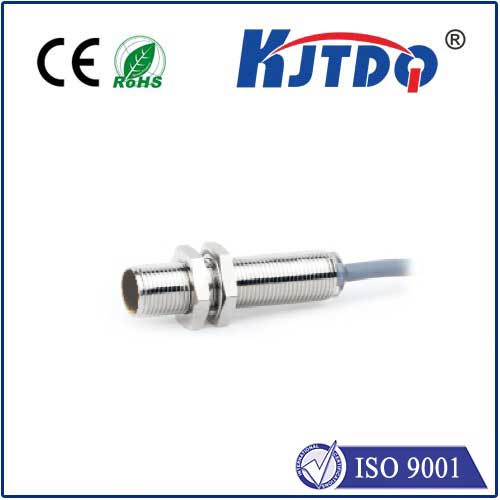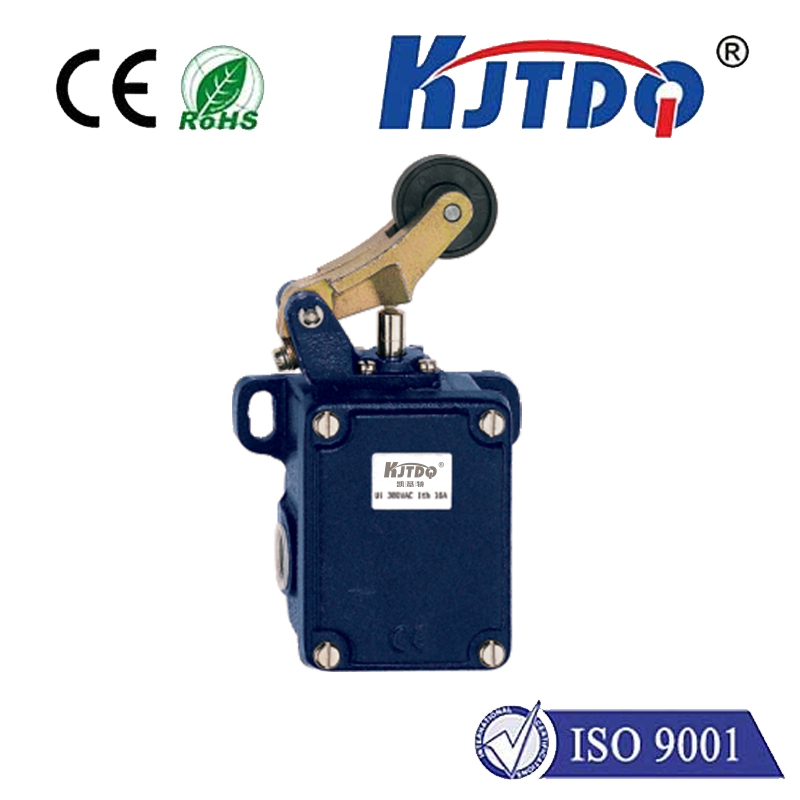

check

check

check

check
Unlocking Precision: How the PI2793 Pressure Sensor Transforms Industrial Applications
Imagine a world where machines operate flawlessly, factories hum with efficiency, and critical systems never fail due to pressure mishaps. That’s the reality the PI2793 pressure sensor brings to life. This cutting-edge device isn’t just another component—it’s a game-changer in sensing technology, designed to deliver unparalleled accuracy and reliability across diverse industries. With pressures ranging from delicate medical devices to rugged automotive engines, the PI2793 stands as a beacon of innovation, ensuring safety and performance in an era driven by smart automation. As we delve into its capabilities, you’ll discover why this sensor is becoming the gold standard for engineers worldwide.

Pressure sensors are essential in monitoring force changes in gases or liquids, but the PI2793 pressure sensor elevates this role with its advanced digital architecture. Unlike analog models, it converts pressure variations directly into precise digital signals, minimizing errors and noise. How does it work? At its core, a micro-electromechanical system (MEMS) diaphragm flexes under pressure, altering electrical resistance that’s processed by an integrated circuit. This results in real-time data outputs with resolutions as fine as 0.1% full scale. For instance, in industrial settings, fluctuations in hydraulic systems are instantly detected, allowing automated controls to adjust before costly failures occur. Such seamless operation highlights why the PI2793 excels—it’s not just about measuring pressure; it’s about delivering insights that drive proactive decision-making.
One of the standout features of the PI2793 is its robust durability, making it ideal for harsh environments. With stainless steel construction and IP67-rated sealing, it withstands extreme temperatures (-40°C to 125°C), vibrations, and corrosive substances common in oil and gas or manufacturing plants. Moreover, its digital output capability reduces calibration needs by over 50%, as evidenced in field studies where sensors maintain % drift over years of use. This translates to lower maintenance costs and extended lifecycle, a critical advantage for businesses aiming to optimize operations. Imagine deploying this in automotive braking systems—where split-second accuracy prevents accidents—or in HVAC units, ensuring consistent airflow without manual interventions. The PI2793’s stability isn’t a luxury; it’s a necessity for sustainable, efficient workflows.
When it comes to applications, the versatility of the PI2793 pressure sensor shines across sectors. In the medical field, it monitors blood pressure in wearable devices, offering non-invasive, life-saving accuracy with minimal power consumption. For industrial automation, it integrates with IoT platforms to provide predictive analytics, like detecting leaks in pipelines before they escalate into emergencies. A notable case is in aerospace, where the PI2793’s lightweight design and high shock resistance ensure reliable cabin pressure readings during flight turbulence. Similarly, in renewable energy, it optimizes wind turbine hydraulics, boosting efficiency by 15-20% as reported in pilot projects. These diverse uses underscore how this sensor adapts seamlessly, turning complex challenges into opportunities for innovation. By embedding the PI2793, companies achieve enhanced safety protocols and resource conservation, proving that small components can yield massive impacts.
The broader benefits of adopting the PI2793 pressure sensor extend beyond technical specs—they foster a culture of excellence. Its energy-efficient design draws less than 1mA in standby mode, aligning with global green initiatives by reducing carbon footprints. Additionally, the easy integration with common protocols like I2C or SPI simplifies upgrades in existing systems, saving engineers time and training hassles. User feedback consistently praises the intuitive calibration process, allowing quick deployments even in remote locations. Ultimately, the PI2793 embodies the shift toward smart, connected solutions, where precision meets practicality. As industries evolve, this sensor not only supports current demands but also anticipates future innovations, solidifying its role as an indispensable tool in the modern toolkit.
This exploration reveals that the PI2793 isn’t merely a sensor; it’s a catalyst for progress. With applications spanning from daily consumer gadgets to high-stakes industrial rigs, it exemplifies how precision engineering can transform operations. Whether in improving product quality or safeguarding human lives, its impact resonates far and wide.
